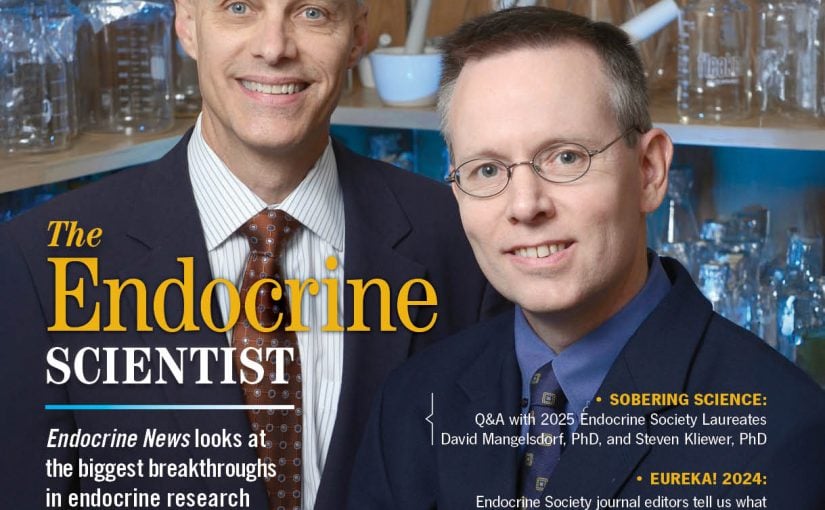Dear Readers,
The 1996 discovery of kisspeptin in the human brain added significantly to understanding how children turn into adults. For this issue, we invited three medical experts to give their perspectives on how kisspeptin functions and what promise it holds for developing treatments for pubertal and reproductive disorders (page 14). Kisspeptin owes its whimsical name to the popular chocolate candy, Hershey’s Kisses— the hormone was first identified by researchers in Hershey, Pennsylvania, headquarters of the candymaker.
History is replete with rumors of a legendary spring with restorative powers that can keep us young forever. Today’s scientists, however, postulate that the key to anti-aging and longevity lies within the human body, most likely in the endocrine system. Science writer Margie Patlak shares the latest research findings on hormones and aging (page 20).
Continuing with the idea of controlling our own medical destinies, frequent contributor Melissa Mapes writes about birth control, in particular intrauterine devices (IUDs), which were much maligned 40 years ago. A new study shows that IUDs and implants are vastly more effective than “the Pill” as long-term reversible contraceptives (page 30).
Associate editor Jacqueline Ruttimann salutes Nobel Prize-winning endocrinologists in Back Story. We learn not only of the landmark research that won them the prestigious award but also of struggles some endured to pursue their careers (page 44).
Sincerely,
Marian Smith Holmes
Managing Editor
Endocrine News

